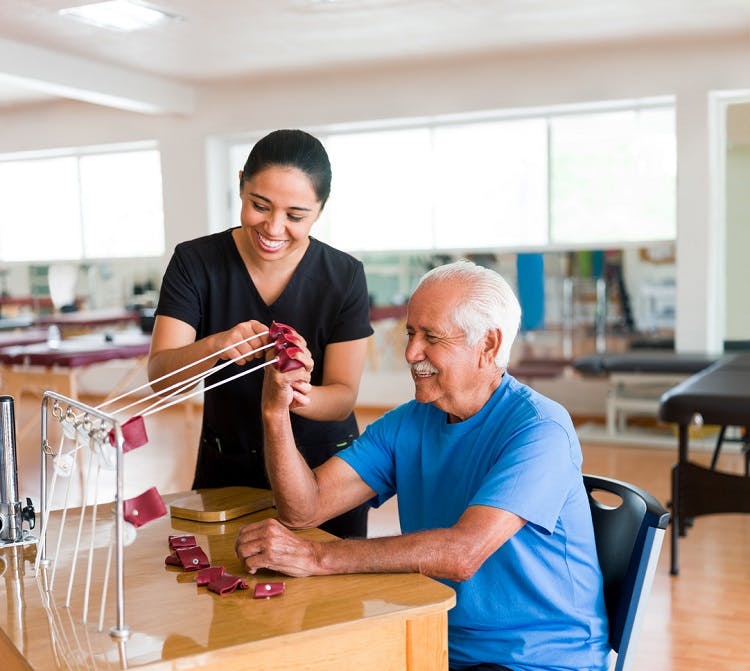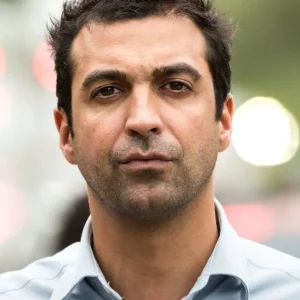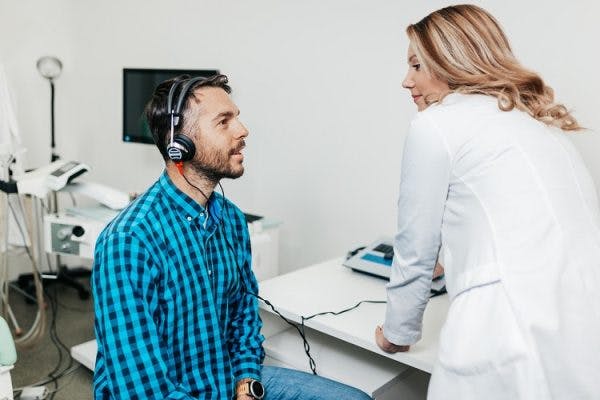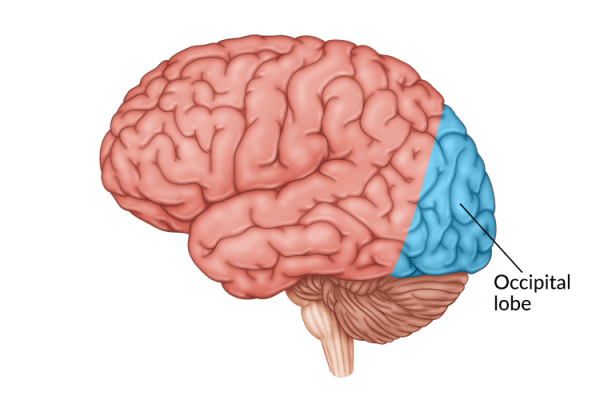Understanding how to recover hand function after brain injury is essential to promote recovery. Often, the hands are the slowest part of the body to recover because they are furthest from the midline of the body. Slow progress is still progress, and there are many ways to boost your recovery such as rehab exercise.
This article will discuss the causes of impaired hand function after brain injury, the various types of hand conditions, and how to improve overall hand function.
Causes of Impaired Hand Function After Brain Injury
Neural pathways serve as communication routes between the brain and body. A brain injury can cause many of these neural pathways to become damaged or destroyed. When communication between the brain and muscles is disrupted, it can result in impaired function in different parts of the body.
Survivors may experience different types of impaired hand function after brain injury depending on the severity and areas of the brain impacted. For example, the cerebellum is located in the back of the brain and is responsible for fine motor activity and movement. Damage to the cerebellum can result in loss of fine motor skills in the hands and fingers.
The primary area of the brain involved in motor control is the motor cortex, located in the rear portion of the frontal lobe. When the motor cortex is damaged, it can lead to loss of control of voluntary movements throughout the body, including in the hands and fingers. Improvements in motor functions often follow a pattern, with recovery occurring first at the body’s midline, then gradually progressing outward (proximal to distal).
Hand function is usually the slowest to improve after a brain injury because the hands are located furthest from the midline of the body. Generally, gross motor function (torso, legs, and arms) improves before fine motor function improves. Additionally, smaller muscles are more intricately intertwined in function and tend to fatigue quicker.
However, there is still hope to recover hand function after brain injury with a strong and focused rehabilitation plan. It’s important to work with your therapist to obtain a rehabilitation plan tailored to your ability level.
Types of Hand Conditions After TBI
Hand function can be affected in a variety of ways after a TBI. For example, some survivors experience excessive looseness in the hand and fingers while others experience excessive tightness. Because every condition is unique, a personalized rehabilitation plan is required. Be sure to talk to your therapist to develop an appropriate therapy plan for you.
Here are different ways that hand function can be affected after TBI:
Hand Weakness
Survivors can often experience weakness in the legs, feet, arms, and hands after a brain injury. Weakness in the muscles, especially the hands, can make it more difficult for a survivor to perform activities of daily living such as cooking, cleaning, grooming, and driving, just to name a few. Fortunately, hand therapy exercises can help reduce muscle weakness and maximize independence.
Hand Clenched in a Fist (Spasticity)
Spasticity is an uncontrolled stiffening of the muscles that can occur in different parts of the body, including the hands. It’s caused by miscommunication between areas of the brain responsible for voluntary movement and the muscles. When spasticity in the hand is severe, it can cause the hand to remain clenched in a fist. Furthermore, if severe spasticity is left untreated, it can lead to more serious complications known as contractures (hardening of the joints and tendons).
Spastic Hand Paralysis
When survivors with spasticity also experience paralysis in the hands, it can be described as spastic paralysis, where the hands are stiff, tight and have no movement. Similarly, if spastic paralysis is left untreated, it can also lead to contractures.
Flaccid Hand Paralysis
Flaccid paralysis occurs when nerve impulses are unable to reach the intended muscles, resulting in the loss of voluntary and involuntary muscle control. This means the muscles don’t act at all, reducing muscle tone and causing the muscles to shrink and become loose or flabby.
Fine Motor Coordination Problems
Using the hands and fingers functionally requires a great amount of coordination. Following a traumatic brain injury, fine motor coordination may be affected, resulting in difficulties with precision. This can affect the ability to grasp small objects, turn a key, type on a keyboard, and various other daily activities.
Sensation Deficits
While the hands (the fingertips in particular) are typically one of the most sensitive areas of the body, a traumatic brain injury can result in sensation changes. This may include experiencing numbness or tingling, increased sensitivity to temperature changes, pain, or other sensation deficits.
Fortunately, whether you have moderate hand weakness, incoordination, or severe hand paralysis, there are many ways to encourage your hand motion and fine motor skills to return.
How to Improve Hand Function After TBI
To improve hand function, neural pathways must be strengthened and new ones created, which can be done through a phenomenon known as neuroplasticity. Neuroplasticity is the brain’s ability to heal and rewire itself, and is best activated through massed practice, or high repetition of exercises.
Practicing a skill consistently helps the brain recognize its importance and strengthen its neural pathways. The more neural connections are strengthened, the higher the chances of restoring communication between the brain and muscles. This is important because hand function can become lost if not used. You can think of it as “use it or lose it” where in order to retain proficiency of a certain function, it must be exercised regularly.
Hand recovery after TBI can include a combination of different therapies such as:
Rehab Exercise
Activating neuroplasticity can be accomplished through a variety of different rehab exercises that target different skills. For instance, physical therapy exercises focus on improving mobility. In physical therapy, survivors may use therapy putty to practice movement and increase strength.
Occupational therapy exercises focus on helping you perform daily activities and maximize independence. This may include practicing functional tasks, such as turning door knobs and switching lights on and off. It also may involve exercises focused on improving skills that directly translate into a survivor’s daily activities, such as pinching or opening and closing the hand in order to grasp objects. Occupational therapists can also help with sensory re-education.
Passive Exercise
Passive exercise is essential for survivors with paralysis and limited-to-no mobility. Whereas active exercises require the use of your own energy, passive exercises are performed with assistance of your unaffected muscles or with the help of your therapist. Even though you are not moving your hands or fingers on your own, passive exercise helps stimulate the brain and activate neuroplasticity.
Additionally, moving the hands more frequently lowers the risk of further injury or serious complications, such as pain or contractures. Fortunately, these can often be prevented by performing passive exercises.
MusicGlove
In addition to working with your therapist, you must establish a proper home exercise program to continuously stimulate the brain. While your therapist can provide you with sheets of rehabilitative exercises to do at home in between therapy sessions, it can often be challenging to stay motivated. To help you stay consistent with exercising at home, you can try interactive neurorehab devices such as MusicGlove.
MusicGlove was designed to improve hand function after neurological events such as brain injury. In fact, it has been clinically proven to improve hand function in just 2 weeks of consistent use. MusicGlove motivates you to accomplish high repetition of hand therapy exercises while playing along to a musical game. Not only is it clinically proven to help improve hand function, but it’s also fun to use, which helps you stay motivated.
Splints
Exercise is beneficial for all types of hand issues after a brain injury. However, survivors with paralysis may also benefit from splints or orthotic devices. These devices provide support and help promote proper muscle alignment. Using splints can also help stabilize the joints and gently stretch spastic muscles. Consult with your therapist if you are interested in using an orthotic device to find the right fit for you.
While an orthotic device is helpful, it’s important to take it off to practice therapeutic exercises. The goal is to keep the hands moving even when it is challenging. Movement stimulates the brain and activates neuroplasticity, which is the essence of motor recovery. The more you practice fine motor skills, the more you can improve overall hand function.
Understanding How to Recover Hand Function After Brain Injury
Although the hands are commonly affected after trauma, they take a long time to recover. Understanding how to recover hand function after brain injury is important in order to see positive results more swiftly.
After a brain injury, survivors may experience weakness, spasticity, and/or paralysis in the hands. Fortunately, many conditions can be improved with consistent practice of therapeutic exercises.
We hope this article helped you understand how to recover hand function after brain injury, and encouraged you to boost your rehabilitation process.









